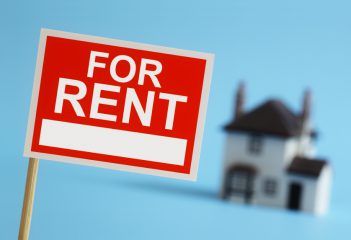Research Sheds Light on How Landlords Become Buy to Let Investors
Research by Foundation Home Loans has shown that a fifth of buy to let borrowers are “accidental landlords”.
14% of landlords questioned have stated that they first became a landlord through an accidental circumstance, such as marriage or relocation. Such an occurrence has resulted in these individuals being suddenly faced with a whole new industry to get to grips with, including many different rules and regulations to understand.
The research from this research shows that 9% of landlords inherited their properties. This alone brings with it certain tax related challenges to adhere to.
23% of the landlords include in the survey have stated that they became a property investor with financial gain in mind. They found the idea of becoming a landlord appealing, with 21% planning on using the money brought in from rental income to invest in their retirement plans.
21% responded that they saw being a landlord as a full time job. The largest proportion of those who responded as such are landlords in London. The response was that they recognised the on-going demand for rental properties in the area, due to the many young professionals looking to start a career in the capital and therefore wanting property close by.
60% stated that they have another full-time job alongside being a landlord, handling their rentals in between work. 19% of landlords responded that they have a part-time job.
Foundation Home Loans marketing director Jeff Knight has commented: “With so much regulation introduced into the Buy to Let market in the last few years, it could be easy for those who are unplanned landlords to make a swift exit rather than stay and navigate the red tape.
“That said, no matter how they found themselves owning rental property, it’s clear landlords are interested by the buy-to-let market for a variety of reasons and objectives, financial or otherwise.
“Considering the rental sector forms an increasingly important part of the housing mix, landlords need to be armed with the right advice.
“Our findings indicate plenty of the ‘accidental landlords’ are looking to expand their portfolios and remain invested in the market, which will ultimately have a positive impact on quality and choice for renters.”



